A synthetic methodology developed by chemists in India can obtain complex caged amines from readily attainable azolium bromide salts through a cascade of annulation reactions. This method simplifies access to bicyclic scaffolds, previously hindered by tough syntheses, that could prove useful to drug developers.
Over the past two decades, the drug discovery community has reached a consensus that introducing more dimensional complexity into organic compounds increases their likelihood of exhibiting favourable properties as drug candidates. ‘If you reduce the number of 2D aromatic systems in your molecule, it has a higher chance of showing biological activity,’ says Mahiuddin Baidya from the Indian Institute of Technology Madras, who led the study.
Pyridine is a common two-dimensional heterocyclic motif in drug molecules, but their caged counterparts – azabicyclobutane and azabicyclopropane are much less common. ‘Synthetic procedures to access these structures exist, but in those processes, you have to start from completely different molecules and perform several synthetic manipulations and interconversions,’ says Baidya.
Driven by the desire to construct these three-dimensional caged amines directly from their readily available flat aromatic counterparts, Baidya’s group carefully designed a reaction system between activated pyridinium and isoquinolinium salts with complementary reactivity. Using just sodium carbonate as the base to begin the reaction and an alcohol as the nucleophile, a cascade of dearomative addition, cycloaddition and annulation reactions resulted in the formation of a three-dimensional caged tertiary amine bearing two new rings and four new bonds.
Despite the high number of reactive centres, the group found that the transformation proceeded with excellent regioselectivity and demonstrated high yields across a broad scope of isoquinoliniums, alcohols and pyridiniums.

‘Pyridiniums and isoquinoliniums are quite common reagents, but I haven’t seen them reacted to obtain these 3D structures before,’ says Laura Ielo, a pharmaceutical chemist from the University of Turin in Italy. ‘I haven’t come across these scaffolds in pharmaceutical applications before, so if I was doing this work, I would start conducting biological assays and computational investigations to assess their potential uses,’ she adds.
The method’s key limitation, noted by Baidya, is the restricted range of compatible nucleophiles. ‘The nucleophile has to wait all the way until the last step and avoid reacting with the highly electrophilic azolium salts, and therefore the nucleophile has to be very mild.’ ‘Now that we have the proof of concept, hopefully we, or another group, can find a way to solve the issue of nucleophile choice,’ says Koushik Patra, a PhD student in Baidya’s group.



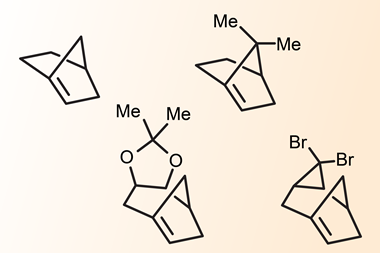
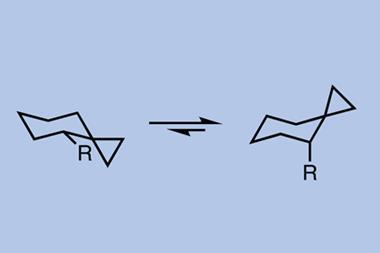
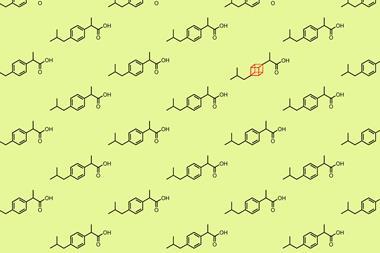
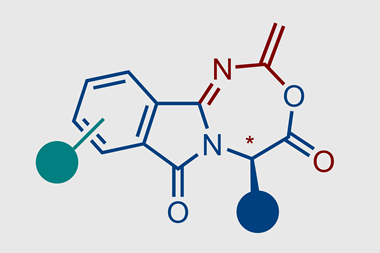

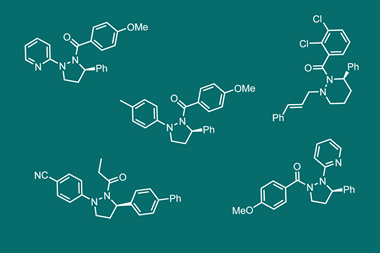
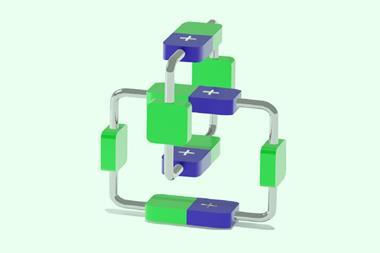



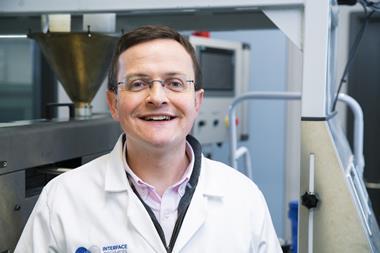

No comments yet